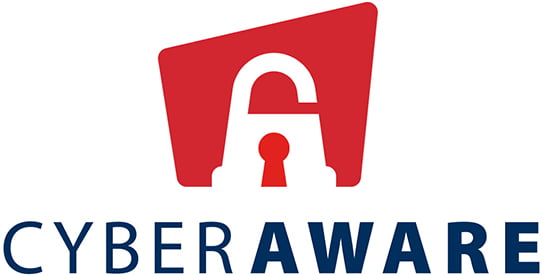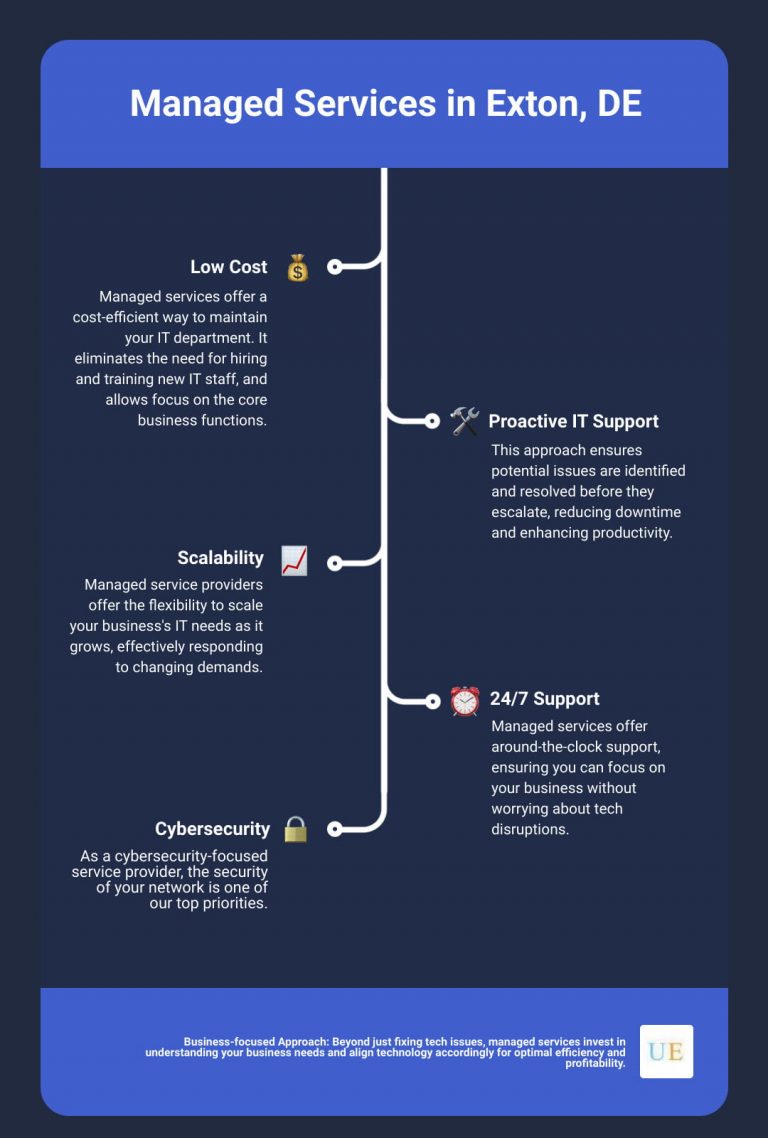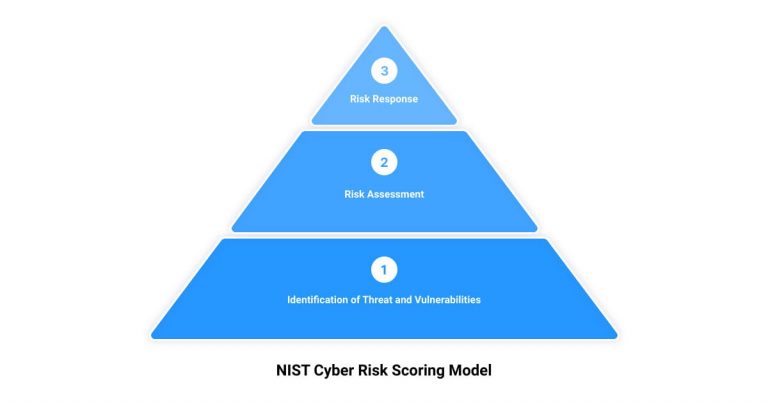Cyber Aware: Why Every Business Needs to Prioritize Cybersecurity
In today’s digital age, businesses are constantly at risk of cyber attacks. From small startups to large corporations, no company is immune to the threat of data breaches and online fraud. In fact, studies show that cyber attacks have become increasingly common in recent years, with 43% of cyber attacks targeting small businesses. Keeping your business safe from cyber threats is no longer an option – it’s a necessity. This is where cybersecurity comes in. By prioritizing cybersecurity measures, businesses can protect themselves from costly data breaches, loss of valuable information, and damage to their reputation. In this article, we’ll explore the importance of being cyber aware and why every business needs to prioritize cybersecurity in order to keep their operations safe and secure.
Cybersecurity is no longer an issue that only affects large corporations or government agencies. Every business, regardless of size or industry, needs to take cybersecurity seriously. The reason for this is simple – every business has something of value that cybercriminals want. This could be customer data, financial information, intellectual property, or trade secrets. Cybercriminals are always looking for ways to exploit vulnerabilities in your network or systems to gain access to this valuable information. Without proper cybersecurity measures in place, your business is at risk of becoming a target.
The numbers don’t lie – cybersecurity threats are on the rise and businesses are feeling the impact. According to a report by the Ponemon Institute, the average cost of a data breach for a business is $3.92 million. This includes the cost of lost business, legal fees, and regulatory fines. In addition, the report found that it takes an average of 279 days for a business to identify and contain a data breach. This is a significant amount of time for cybercriminals to have access to your sensitive data. Another report by Verizon found that 43% of cyber attacks target small businesses. This is because small businesses often have weaker cybersecurity measures in place, making them an easier target for cybercriminals.
There are many different types of cyber threats that businesses need to be aware of. Some of the most common include:
### Malware
Malware is any software designed to harm your computer or network. This can include viruses, worms, and Trojans. Malware can be transmitted through email attachments, downloads, or infected websites.
### Phishing
Phishing is a type of social engineering attack where cybercriminals attempt to trick users into revealing sensitive information. This can be done through fake emails or websites that look legitimate.
### Ransomware
Ransomware is a type of malware that encrypts your files and demands payment in exchange for the decryption key. This can be a devastating attack for businesses, as it can result in the loss of important data.
### DDoS attacks
A Distributed Denial of Service (DDoS) attack is when a network is flooded with traffic from multiple sources, making it impossible for legitimate users to access the network. This type of attack is often used to disrupt business operations or extort money from the victim.
There are many different vulnerabilities that cybercriminals can exploit to gain access to your systems or data. Some of the most common include:
### Weak passwords
Weak passwords are one of the easiest ways for cybercriminals to gain access to your network. Many people still use easy-to-guess passwords, such as “password” or “123456”.
### Unpatched software
Software vulnerabilities are often discovered and patched by the software vendor. If you don’t keep your software up to date, you could be leaving yourself open to attacks that exploit these vulnerabilities.
### Social engineering
Social engineering attacks rely on tricking users into revealing sensitive information. This can be done through phishing emails, phone calls, or even in-person interactions.
### Lack of employee training
Employees are often the weakest link in a company’s cybersecurity defenses. Without proper training, they may not know how to recognize or respond to potential threats.
Now that we’ve covered some of the common cybersecurity threats and vulnerabilities, let’s look at some best practices that businesses can implement to protect themselves.
### Use strong passwords
Make sure all employees are using strong passwords that are at least eight characters long and include a mix of letters, numbers, and symbols. Require employees to change their passwords regularly.
### Keep software up to date
Regularly update all software to ensure that any known vulnerabilities are patched. This includes not just your operating system, but also any third-party software you use.
### Use two-factor authentication
Require employees to use two-factor authentication when logging in to sensitive systems or applications. This adds an extra layer of security by requiring a second form of identification, such as a code sent to a mobile device.
### Limit access
Limit access to sensitive data and systems to only those employees who need it. This reduces the risk of insider threats and makes it harder for cybercriminals to gain access to your systems.
### Encrypt sensitive data
Encrypt all sensitive data, both in transit and at rest. This makes it much harder for cybercriminals to read or steal your data.
Creating a cybersecurity plan is an important step in protecting your business. This plan should include:
### Risk assessment
Identify the potential risks your business faces, including the types of data you store, the systems you use, and the threats you’re most likely to encounter.
### Mitigation strategies
Develop strategies to mitigate these risks, such as implementing firewalls, using two-factor authentication, and encrypting sensitive data.
### Incident response plan
Develop a plan for responding to cybersecurity incidents. This should include procedures for identifying and containing the incident, notifying affected parties, and restoring operations.
### Regular training
Provide regular training to employees on cybersecurity best practices and how to respond to potential threats.
Employees are often the weakest link in a company’s cybersecurity defenses. Providing regular training on cybersecurity best practices can help reduce the risk of a data breach. This training should cover:
### Password security
Teach employees how to create strong passwords and the importance of changing them regularly.
### Phishing awareness
Train employees on how to recognize phishing emails and what to do if they receive one.
### Social engineering
Teach employees how to recognize and respond to social engineering attacks, such as someone posing as an IT support person.
### Incident response
Train employees on how to respond to a cybersecurity incident, including who to contact and what steps to take.
There are many different cybersecurity tools and technologies available that businesses can use to protect themselves. Some of the most common include:
### Firewalls
Firewalls are used to block unauthorized access to your network. They can be hardware or software-based.
### Anti-virus software
Anti-virus software is used to detect and remove malware from your computers and network.
### Encryption software
Encryption software is used to encrypt sensitive data, making it much harder for cybercriminals to steal or read.
### Intrusion detection systems
Intrusion detection systems monitor your network for suspicious activity and alert you to potential threats.
If you don’t have the expertise or resources to implement cybersecurity measures on your own, there are many cybersecurity services available that can help. These services include:
### Managed security services
Managed security services provide ongoing monitoring and management of your cybersecurity defenses.
### Incident response services
Incident response services provide assistance in responding to a cybersecurity incident, including incident investigation, containment, and remediation.
### Penetration testing
Penetration testing involves simulating a cyber attack to identify vulnerabilities in your systems and defenses.
In today’s digital age, cybersecurity is no longer an option – it’s a necessity. Every business, regardless of size or industry, needs to take cybersecurity seriously. By implementing the best practices outlined in this article, and creating a cybersecurity plan, you can protect your business from costly data breaches and other cyber threats. Remember to regularly train employees on cybersecurity best practices and consider using cybersecurity tools and services to help bolster your defenses. Don’t wait until it’s too late – start prioritizing cybersecurity today.






